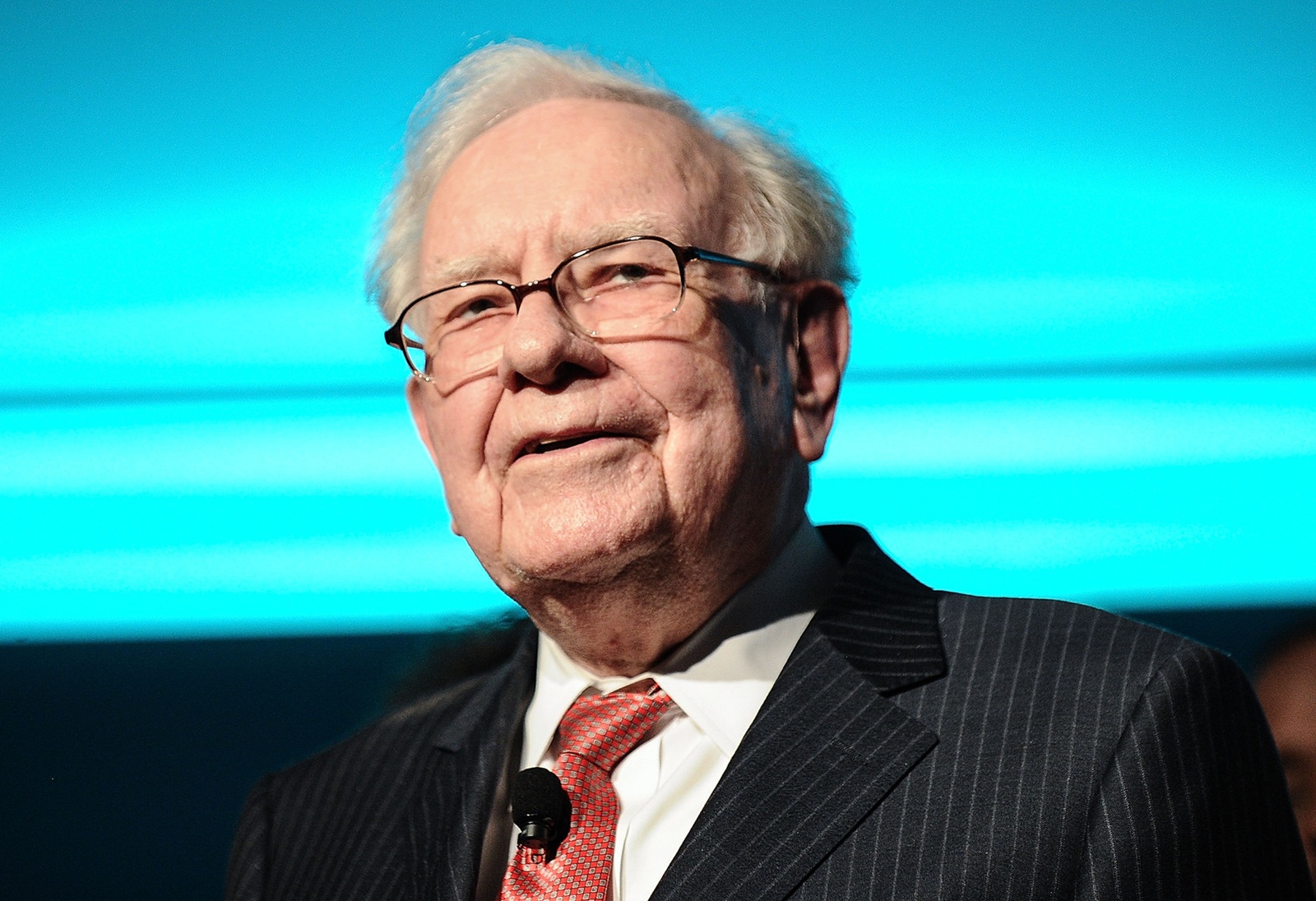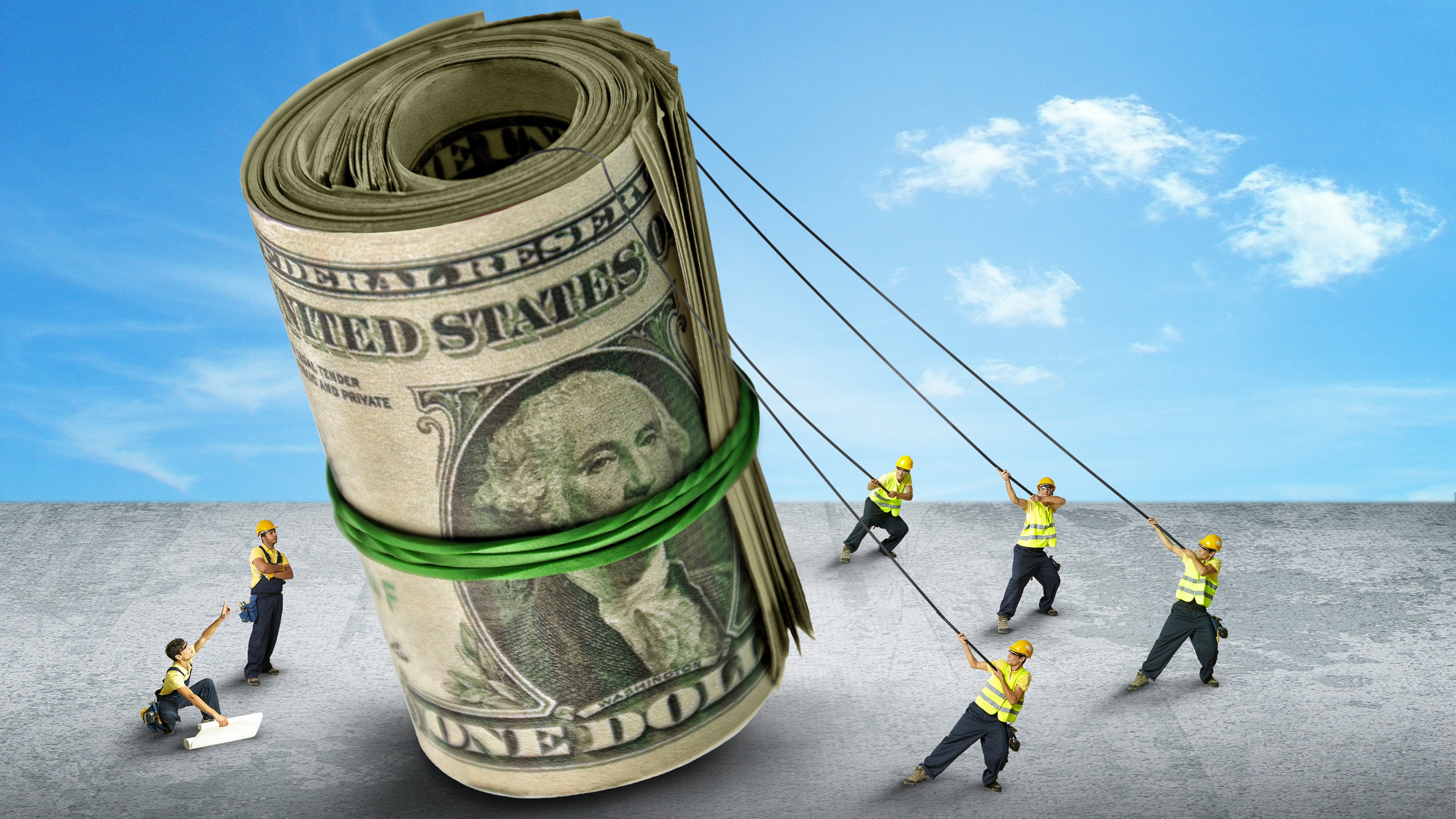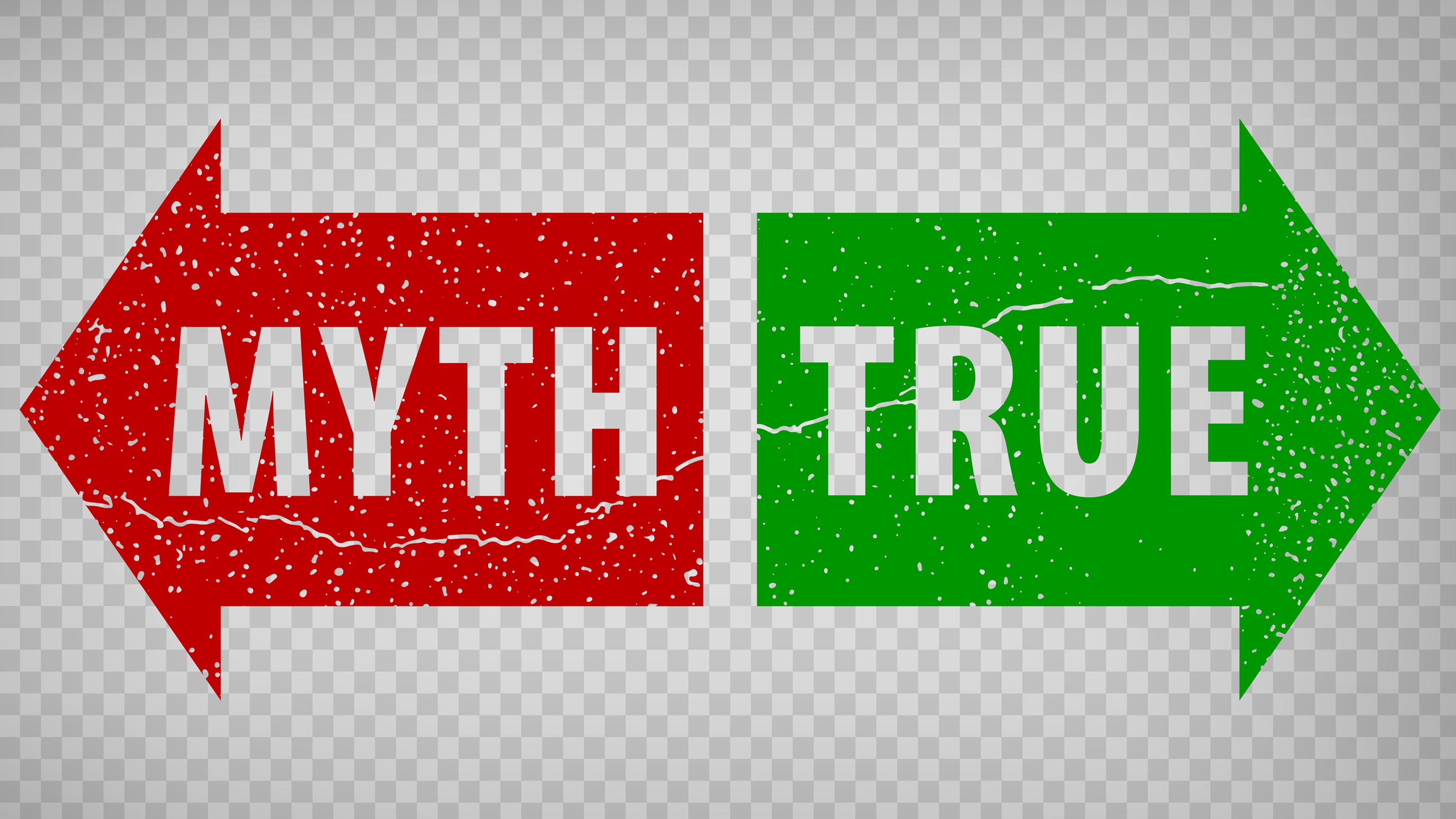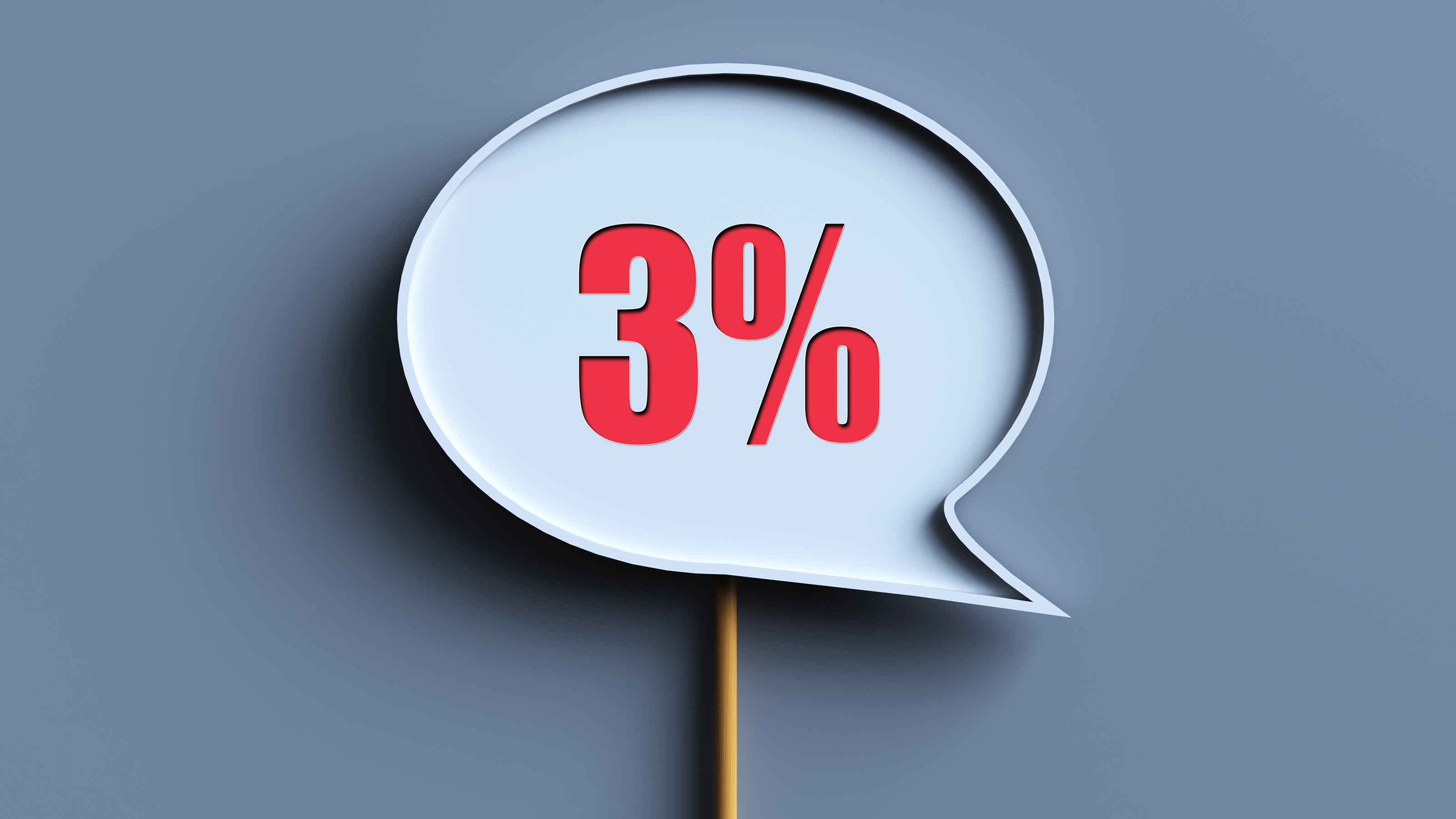Use the Right Tools to Build a Portfolio Made to Withstand Modern Worries
Tools like Riskalyze and Monte Carlo simulations can help ensure your portfolio meets your investment goals while still allowing you to get a good night's sleep.

It’s tough enough to tune out the noise from a 24/7 news cycle when every nugget seems to quickly make its way from a headline to a tweet to a meme to a skit on late-night TV.
But add in what is now a global economy, and it’s nearly impossible for investors to avoid worrying about the risk tied to each new geopolitical rumbling, whether it’s a trade war with China, fragile foreign economies, concerns about cybersecurity or Middle East tensions.
It’s a lot to keep up with, because you’re busy living your life. You’re working. You’re taking care of your family. You’re paying your bills. And when you have free time, it’s for golfing or gardening or watching football with your friends — not necessarily figuring out how every world crisis might impact your bottom line.
From just $107.88 $24.99 for Kiplinger Personal Finance
Be a smarter, better informed investor.

Sign up for Kiplinger’s Free Newsletters
Profit and prosper with the best of expert advice on investing, taxes, retirement, personal finance and more - straight to your e-mail.
Profit and prosper with the best of expert advice - straight to your e-mail.
Be Informed, But Not Obsessed
It’s OK to just say no to breaking down every detail from the BBC, CNBC, NPR and Fox Business. Your nerves will likely be the better for it.
You don’t need to become an expert on every world event and how it could affect the markets. What you should understand, though, is what effect volatility could have on your holdings and how you, personally, are likely to react when the markets go up and down. When it comes to investing, greed is not good. Neither is fear. And if you can avoid giving in to those emotions, you’re more likely to stay on course to meet your goals.
Risk Assessment Gets More Specific
The good news is that in recent years, there have been fantastic improvements in the tools advisers use to measure investors’ tolerance for risk, both emotionally and financially. We’re no longer locked into determining someone’s investing style based on a brief questionnaire that focuses mostly on age, income and how they feel that day about market volatility. And we’re better at providing a portfolio mix that clients feel comfortable with because they understand why they have what they have.
We’re also less likely to see clients simply and subjectively labeled as conservative, moderate or aggressive.
Why is that important? Imagine you just walked into your adviser’s office after winning big with a scratch-off ticket. You might feel financially aggressive in that moment. But what if you walked into the office on a day that you didn’t win the lottery — instead you paid a big bill that day, or you just heard bad news about the market? On that day, you might feel more conservative about how much money you’d be willing to lose through your investments. Gauging how someone feels at a specific moment has never been a particularly effective way to identify how much risk a person could truly accept.
But now there are software programs, such as Riskalyze, that take a deeper dive into determining what your investment comfort level might be. Instead of three categories (conservative, moderate or aggressive), investors get a risk-tolerance score between 1 and 100. And that score can be used to build a portfolio that’s a better match for a person’s investing needs and wants.
Put Your Portfolio to the Test
We can stress-test your current and/or proposed portfolio to assess its chances for long-term success. We can demonstrate how your portfolio would be impacted should we experience a financial crisis similar to what happened in 2008, or what would happen in a strong year, like 2013. And we can show you in dollars, rather than percentages, the likely loss or gain you’ll experience over certain time frames. (After all, 5% might not seem like much of a loss, but how much does that number actually represent? If it means $50,000, $100,000 or $250,000 could go missing from your nest egg, and you’re close to retirement, you might want to reconsider what you’re doing.)
Another measurement that can produce a portfolio that better suits an individual’s or couple’s goals (and stomach for loss) is a Monte Carlo simulation that will model the probability of different outcomes for your investments. Thanks to modern technology, we can now run this simulation quickly and easily, and make more informed decisions using the information it provides.
Based on how volatile your holdings are and the time frame you’re looking at, we can give you an idea of where you could be in the best of times, where you could be in the worst of times and where the average could be, historically speaking.
And that’s crucial. Because what most people really want to know when they’re planning for retirement is where they could end up. What’s the reward for the amount of risk they’re taking? Will they have a mansion and a yacht? Could they lose everything and run out of money at 80? Or will they be able to maintain the lifestyle they currently have without any financial hiccups?
What Too Much Worrying Means
If you find yourself fretting about these questions more often than you’d like, talk to a financial adviser.
If you can get a true understanding of your vulnerability to risk — and if you feel your portfolio is consistent with your needs, goals and personality — you should be able to ride out the ups and downs of both market cycles and news cycles without worrying so much about how every twist and turn could affect your hard-earned savings.
Kim Franke-Folstad contributed to this article.
Investment Advisory Services are offered through SHP Wealth Management LLC, an SEC registered investment adviser. Insurance sales are offered through SHP Financial, LLC. These are separate entities, Matthew Chapman Peck, CFP®, CIMA®, Derek Louis Gregoire, and Keith Winslow Ellis Jr. are independent licensed insurance agents, and Owners/Partners of an insurance agency, SHP Financial, LLC. In addition, other supervised persons of SHP Wealth Management, LLC are independent licensed insurance agents of SHP Financial, LLC. No statements made shall constitute tax, legal or accounting advice. You should consult your own legal or tax professional before investing. Both SHP Wealth Management, LLC and SHP Financial, LLC will offer clients advice and/or products from each entity. No client is under any obligation to purchase any insurance product. SHP Financial utilizes third-party marketing and public relation firms to assist in securing media appearances, for securing interviews, to provide suggested content for radio, for article placements, and other supporting services.
Profit and prosper with the best of Kiplinger's advice on investing, taxes, retirement, personal finance and much more. Delivered daily. Enter your email in the box and click Sign Me Up.

Matthew C. Peck has his Certified Financial Planner and Certified Investment Management Analyst certifications and is co-founder of SHP Financial. He is insurance licensed and has passed the Series 65 exam.
-
 Planning a Major Home Renovation? 3 Smart Ways to Finance It
Planning a Major Home Renovation? 3 Smart Ways to Finance ItFrom HELOCs to personal loans, here’s how to pay for a major home renovation without draining your savings.
-
 Six Warren Buffett Quotes Every Retiree Should Live By
Six Warren Buffett Quotes Every Retiree Should Live ByThe 'Oracle of Omaha' knows a thing or two about life, investing and retirement.
-
 Budget Hacks Won't Cut It: These Five Strategies From a Financial Planner Can Help Build Significant Wealth
Budget Hacks Won't Cut It: These Five Strategies From a Financial Planner Can Help Build Significant WealthCutting out your daily latte might make you feel virtuous, but tracking pennies won't pay off. Here are some strategies that can actually build wealth.
-
 To Unwrap a Budget-Friendly Holiday, Consider These Smart Moves From a Financial Professional
To Unwrap a Budget-Friendly Holiday, Consider These Smart Moves From a Financial ProfessionalYou can avoid a 'holiday hangover' of debt by setting a realistic budget, making a detailed list, considering alternative gifts, starting to save now and more.
-
 Treat Home Equity Like Other Investments in Your Retirement Plan: Look at Its Track Record
Treat Home Equity Like Other Investments in Your Retirement Plan: Look at Its Track RecordHomeowners who are considering using home equity in their retirement plan can analyze it like they do their other investments. Here's how.
-
 Why Does It Take Insurers So Darn Long to Pay Claims? An Insurance Expert Explains
Why Does It Take Insurers So Darn Long to Pay Claims? An Insurance Expert ExplainsThe process of verification, investigation and cost assessment after a loss is complex and goes beyond simply cutting a check.
-
 Two Reasons to Consider Deferred Compensation in the Wake of the OBBB, From a Financial Planner
Two Reasons to Consider Deferred Compensation in the Wake of the OBBB, From a Financial PlannerDeferred compensation plans let you potentially lower your current taxes and help to keep you out of a higher tax bracket. It's important to consider the risks.
-
 Financial Fact vs Fiction: The Truth About Social Security Entitlement (and Reverse Mortgages' Bad Rap)
Financial Fact vs Fiction: The Truth About Social Security Entitlement (and Reverse Mortgages' Bad Rap)Despite the 'entitlement' moniker, Social Security and Medicare are both benefits that workers earn. And reverse mortgages can be a strategic tool for certain people. Plus, we're setting the record straight on three other myths.
-
 The End of 2%? An Investment Adviser's Case for Why the Fed Should Raise Its Inflation Target
The End of 2%? An Investment Adviser's Case for Why the Fed Should Raise Its Inflation TargetYes, inflation can be tough on those living on fixed incomes, but protecting us from it too strictly could do our overall economy more harm than good.
-
 Medicare Open Enrollment: Why You Need to Pay Extra Attention to Part D, From a Financial Adviser
Medicare Open Enrollment: Why You Need to Pay Extra Attention to Part D, From a Financial AdviserThe lowest premium for prescription drug coverage might not actually save you the most money. Make sure you take copays into consideration and do the math.
